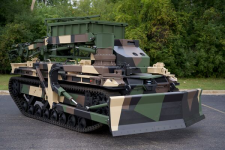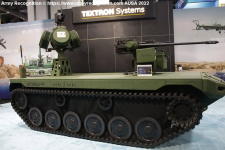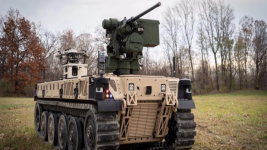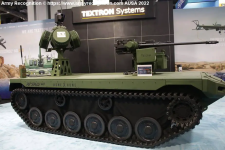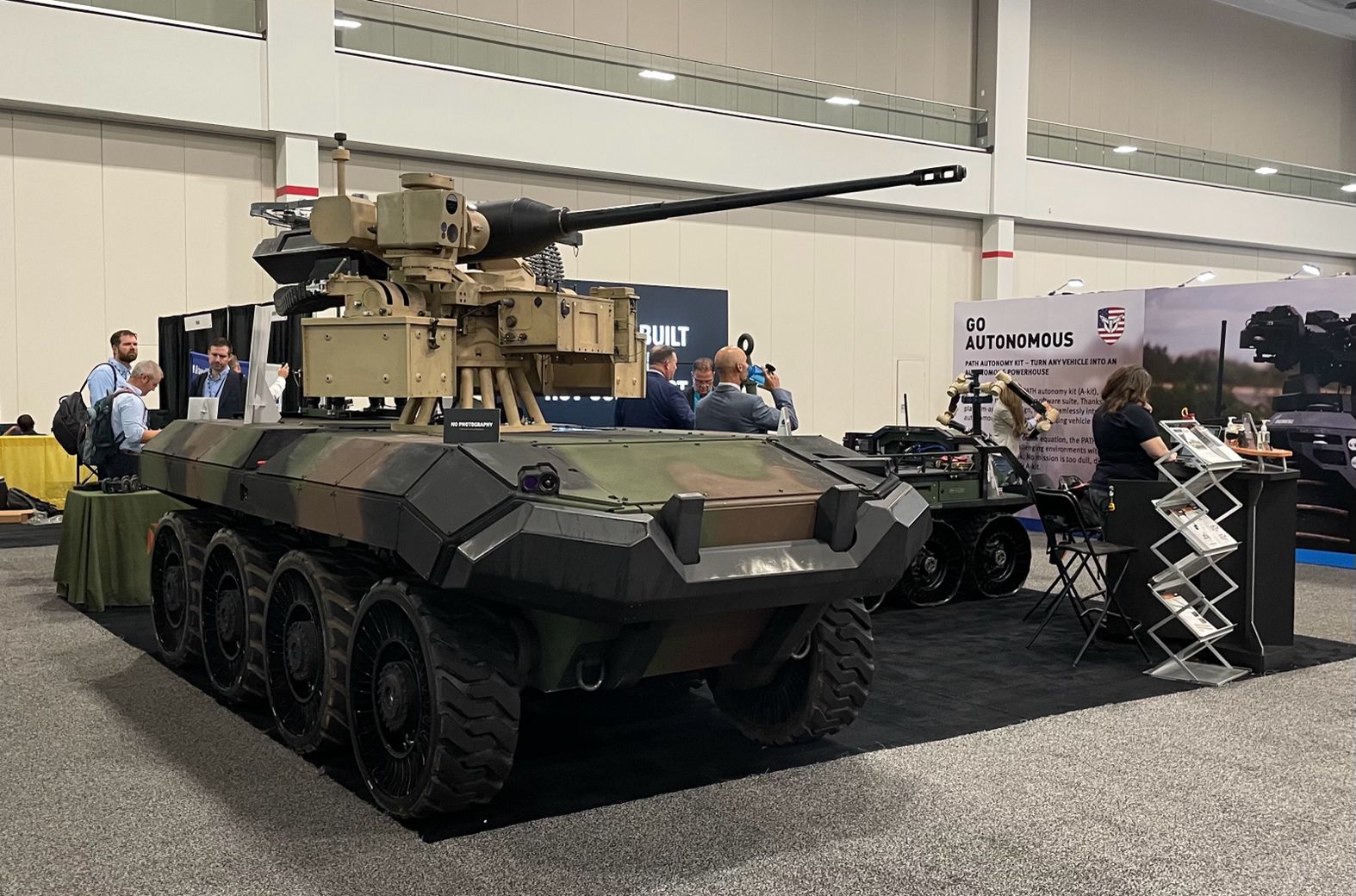Research and testing found the wheeled solution offers “the best mobility, the best reliability and the easiest maintenance,” as opposed to a tracked vehicle, Tom Van Doren, chief technical officer and vice president of engineering at HDT, said in an interview.
The WOLF-X, a hybrid electric diesel vehicle, was designed by Team McQ to support light infantry and to go where manned vehicles cannot, such as narrow trails, steep slopes and dense jungles, he said. An “extremely rugged” vehicle, the WOLF-X “has the traction and pivot-turn capability of a tracked vehicle,” but it runs on easy-to-maintain airless radial tires.
The WOLF-X recharges on the move using internal fuel and battery power, meaning that it is “never forced to stop for recharging and is always 100 percent mission-ready,” company fact sheets stated.
“The Army gets the benefit of mature technology in a brand-new vehicle that was specifically designed for RCV requirements,” Van Doren said. “We waited until the latest round of RCV requirements came out in November, December 2022 before we actually built this prototype, and by waiting, that allowed us to meet all of those requirements with the vehicle that we were testing at the time,” he said.
“We’re going to be testing prototypes in the middle of the next year, to [meet the] key performance requirements,” Van Doren said. “We’re moving very, very quickly to make sure the technology is exactly what the government wants and what the soldiers need.”



